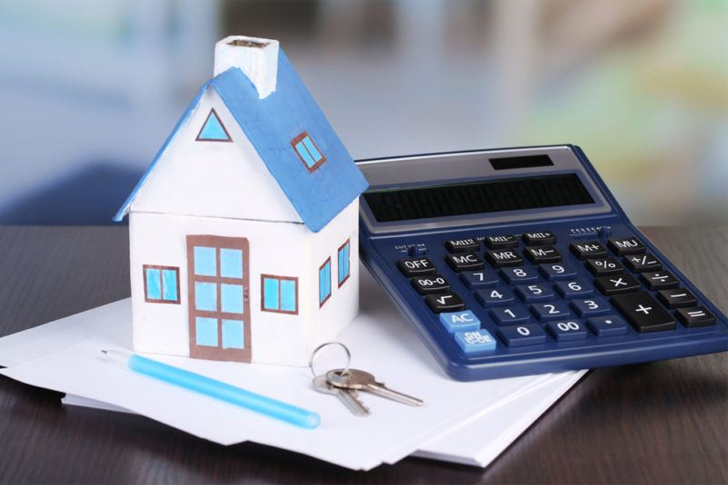Understanding Reverse Mortgages: A Guide for Seniors
A reverse mortgage is a financial tool that allows homeowners aged 62 and older to convert part of their home equity into cash while still maintaining ownership of their home. This type of loan can be an effective way to fund retirement, handle unexpected expenses, or improve one’s standard of living in later years. However, it’s essential to understand the intricacies of reverse mortgages to make an informed decision. This article explores how to use a reverse mortgage, emphasizing facts, figures, and practical advice.

Understanding Reverse Mortgages
A reverse mortgage is a loan that enables homeowners to borrow against the equity of their home. The homeowner can choose to receive funds as a lump sum, fixed monthly payments, or a line of credit. The most common type is the Home Equity Conversion Mortgage (HECM), which is federally insured and backed by the U.S. Department of Housing and Urban Development (HUD).
Eligibility Requirements
To qualify for a reverse mortgage, applicants must be 62 years or older, own the property outright or have a considerable amount of equity, and the home must be their primary residence. Additionally, prospective borrowers must meet financial eligibility criteria set by the lender, which often includes a review of credit history and income.
Financial Implications
The amount of money you can borrow depends on several factors, including the borrower’s age, the appraised value of the home, current interest rates, and the specific plan chosen. Generally, the older you are and the more your home is worth, the more you can borrow.
Reverse mortgages do not require monthly mortgage payments. However, borrowers are still responsible for property taxes, insurance, and maintaining the home. The loan becomes due when the borrower sells the home, permanently moves out, or passes away.
Costs and Fees
Reverse mortgages come with several costs, including origination fees, closing costs, and mortgage insurance premiums. These can be significant and typically range from 2% to 8% of the home’s appraised value. It’s crucial to consider these costs when deciding whether a reverse mortgage is right for you.
Advantages of Reverse Mortgages
- Flexibility in Payments: Borrowers can select how they receive their payments to suit their financial needs.
- No Monthly Mortgage Payments: This can significantly reduce monthly expenses.
- Non-Recourse Loan: Borrowers will never owe more than their home’s value at the time the loan is repaid.
Risks and Considerations
- Reduction in Equity: A reverse mortgage reduces the amount of home equity, which can impact the borrower’s ability to pass on assets to heirs.
- Potential for Scams: Given their complexity and the age group targeted, reverse mortgages can be associated with scams. It’s essential to work with reputable companies and understand all the terms before signing any agreement.
- Impact on Benefits: Depending on your financial situation, a reverse mortgage may affect eligibility for federal benefits like Medicaid.
How to Get Started
Before applying for a reverse mortgage, prospective borrowers should undergo counseling with a HUD-approved counselor. This step is mandatory and helps ensure that the borrower understands the loan’s potential benefits and pitfalls.
After counseling, the next steps include choosing a lender, undergoing a financial assessment, and getting the home appraised. Once these steps are completed, the borrower can discuss different payment options and move forward with the loan process.
Conclusion
A reverse mortgage can be a valuable financial tool for those who meet the criteria and understand the responsibilities involved. By allowing seniors to tap into their home equity, these loans can provide financial flexibility and security. However, like any financial decision, it’s vital to consider both the benefits and the drawbacks before proceeding.







Recent Comments